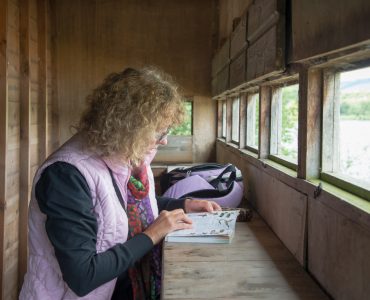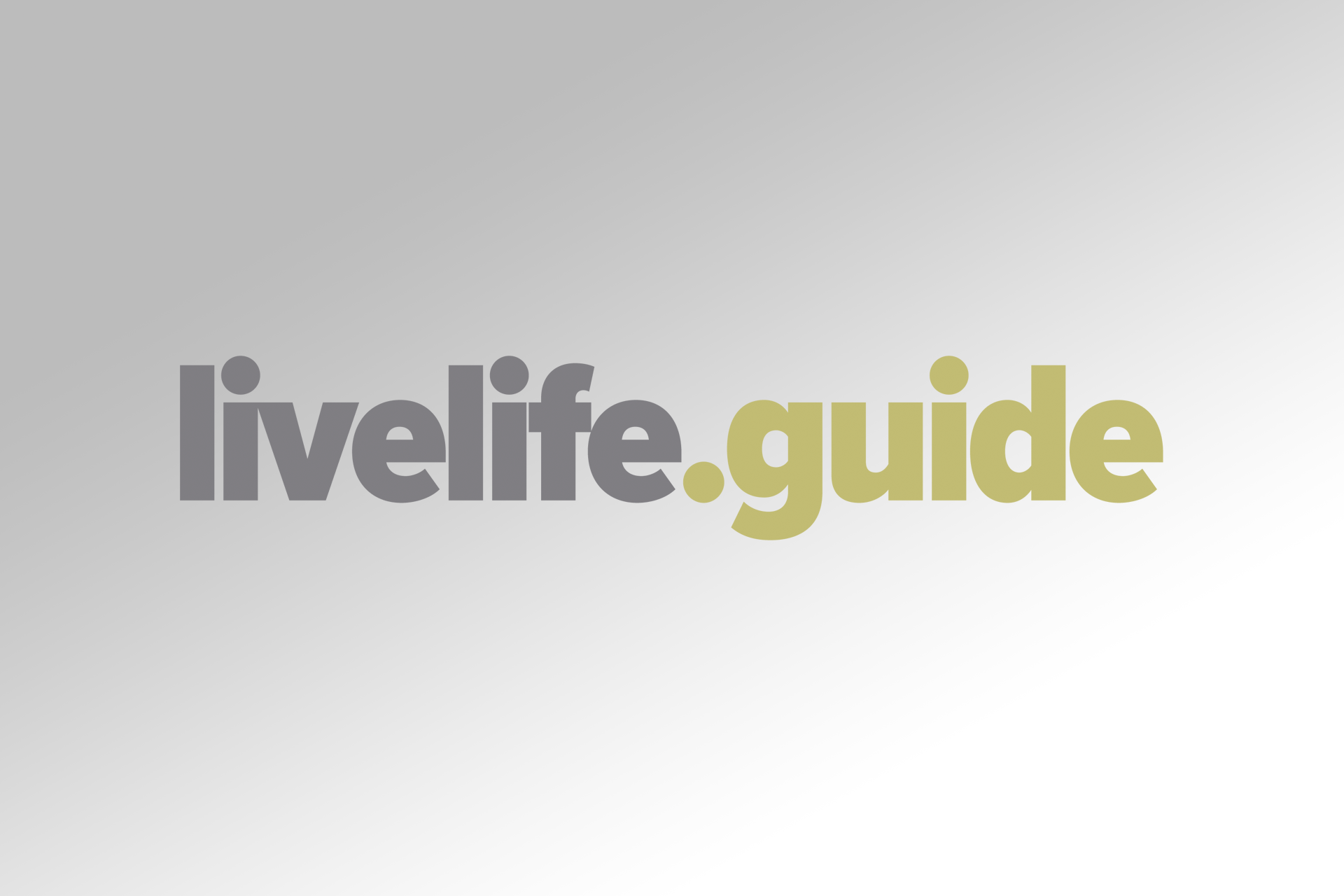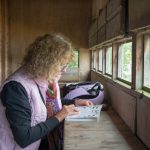The fieldfare is known to be specie of Turdidae family and its name dates back to the 12th century. These birds breed in woodlands and in the regions of Europe and Asia. The fieldfare is smaller than the Mistle Thrush and the adult and the female have the similar characteristics except the female differs in colour which tends to be browner while the male has a blue grey crown colour which is rape and rump in shape with a colour of chestnut brown black and has a black tail and has buff breast which is surrounded by black streaks that extends up to the flunks while the younger breeds lack the grey colour. These birds range from a size of 22 to 27 centimetres and these birds are distinguished by a plain brown black with white under wings and grey rump and rear head.
The birds have a reddish wash colour across its breast and the under parts of these birds are white in colour and these are heavily spotted too. The male produces a simple chattering voice. The wing span of these birds varies from the size of 39 to 42 centimetres and weighs about 80 to 120 gram.
As these birds are quite migratory they move southwards during winter. Fieldfares are also found to breed in Scandinavia and across the former Soviet Union across the Baltic States. It is mostly found that only a small portion of the Scandinavian fieldfares migrate while the rest spend their winter in their home countries. These birds are also found at the Lapland beach Forest but they are absent during their breeding season. These birds feed on a variety of berries found across Scandinavia during the late summer and autumn. These birds also frequent other lands which are inhabited by other birds like the redwings, blackbirds and yellowhammers for food. These birds find their food mostly from the grounds not by their sight but by the sound they attract. These birds are omnivorous and mostly feed on slugs, earthworms and insects in summer and feed on berries in winter. These birds mainly breed in woodlands, in brich, in parks and gardens. They breed on farmland during winter and enters towns during extreme bad weather. They usually nests in colonies consisting of 5 to 20 pairs and are quite safe from predators. The nests of these birds are made from grass, moss, twigs and lined by mud. The eggs of these birds are in the size of 29 millimetres by 21 millimetres and have a palish bluish colour marked with red speckles. The incubating of these eggs is done only by the female partner and the new breeds that are hatched out of these are fed by both the males and by the females. The breeding season of these birds start from the month of April to June and usually 3 to 8 eggs are produced during this period. The incubation period lasts from 11 to 14 days and the fledge days range from 12 to 16 days.
Fieldfare
Let us know if you liked the post. That’s the only way we can improve.









